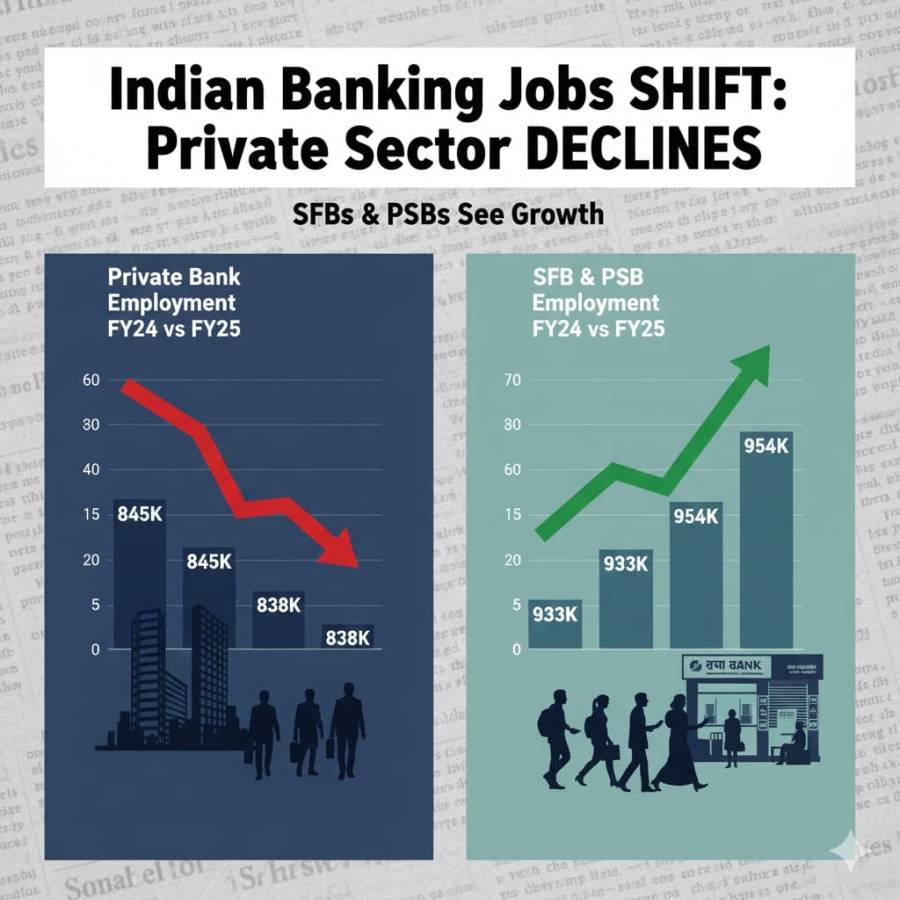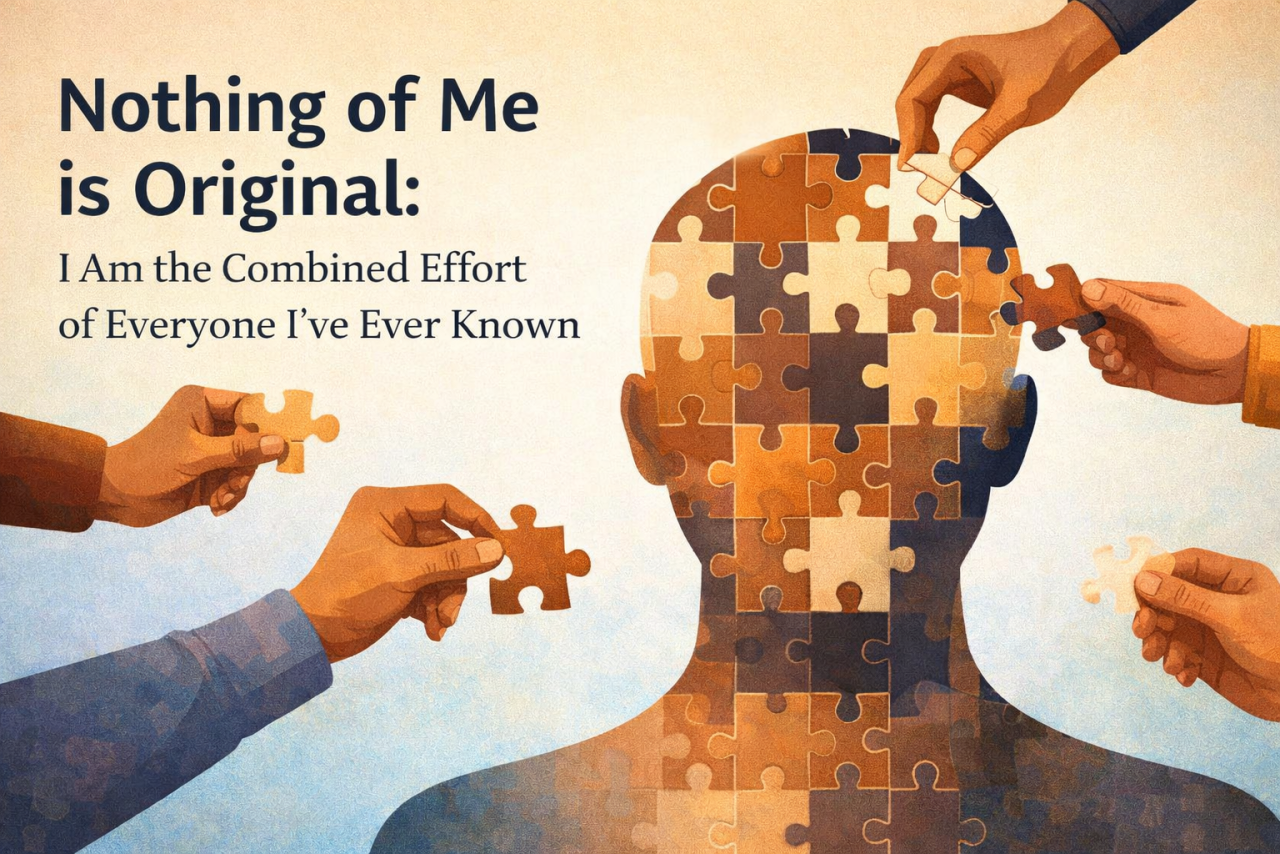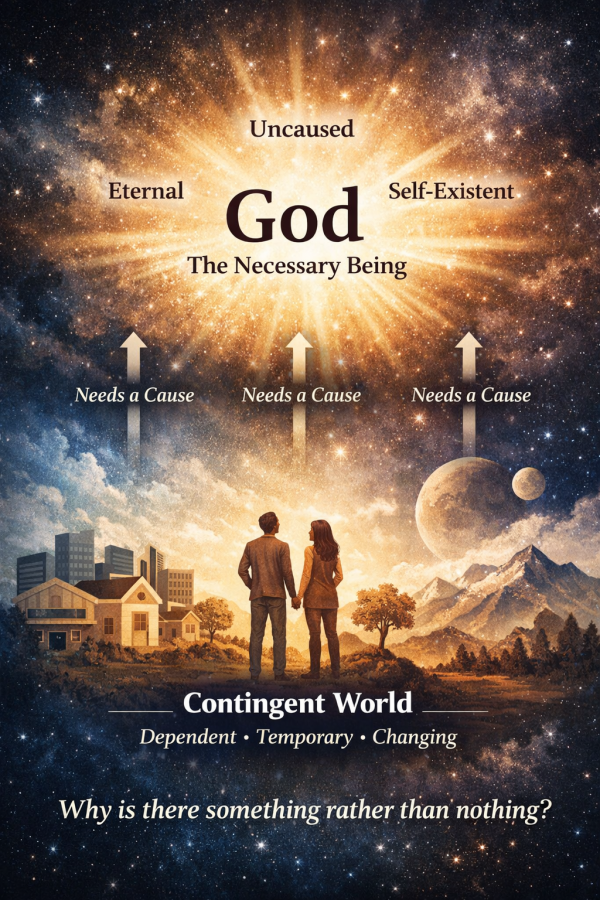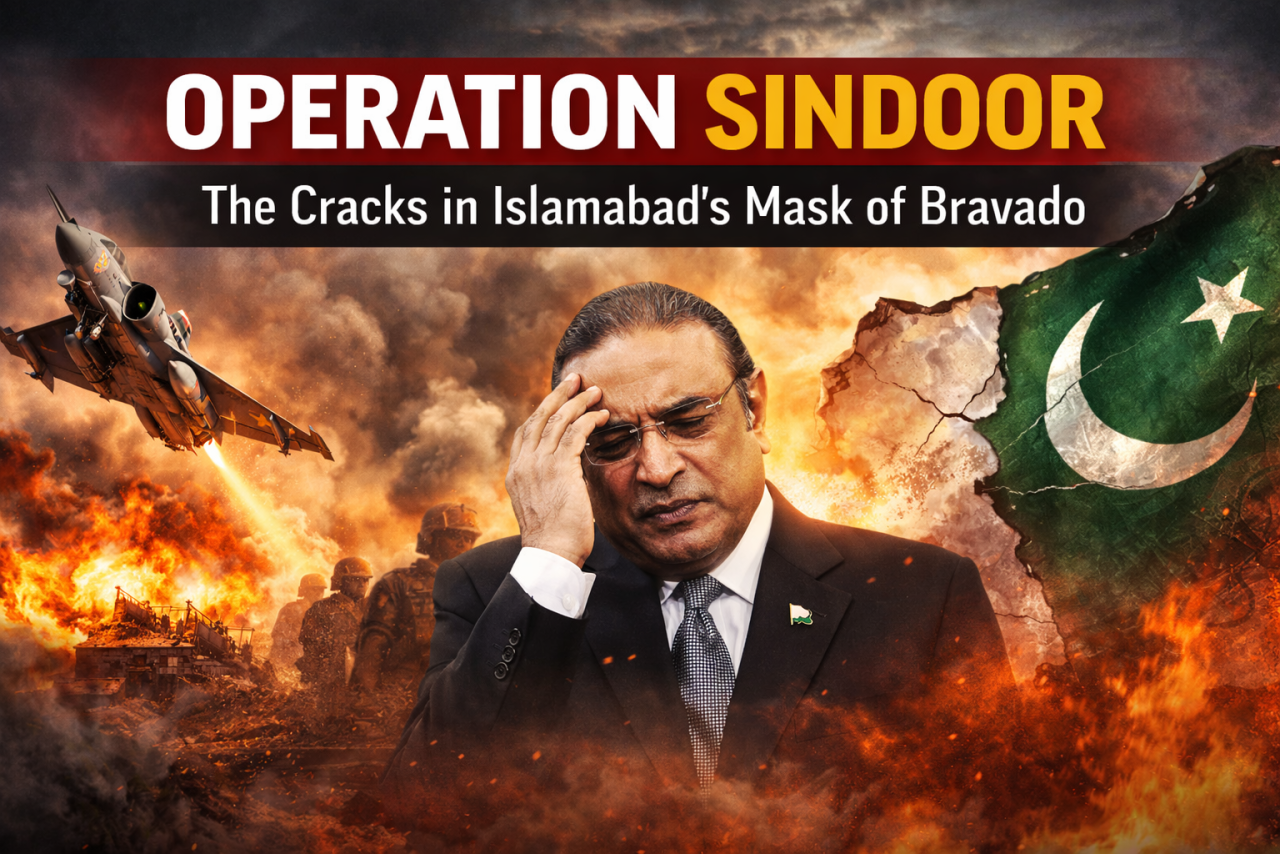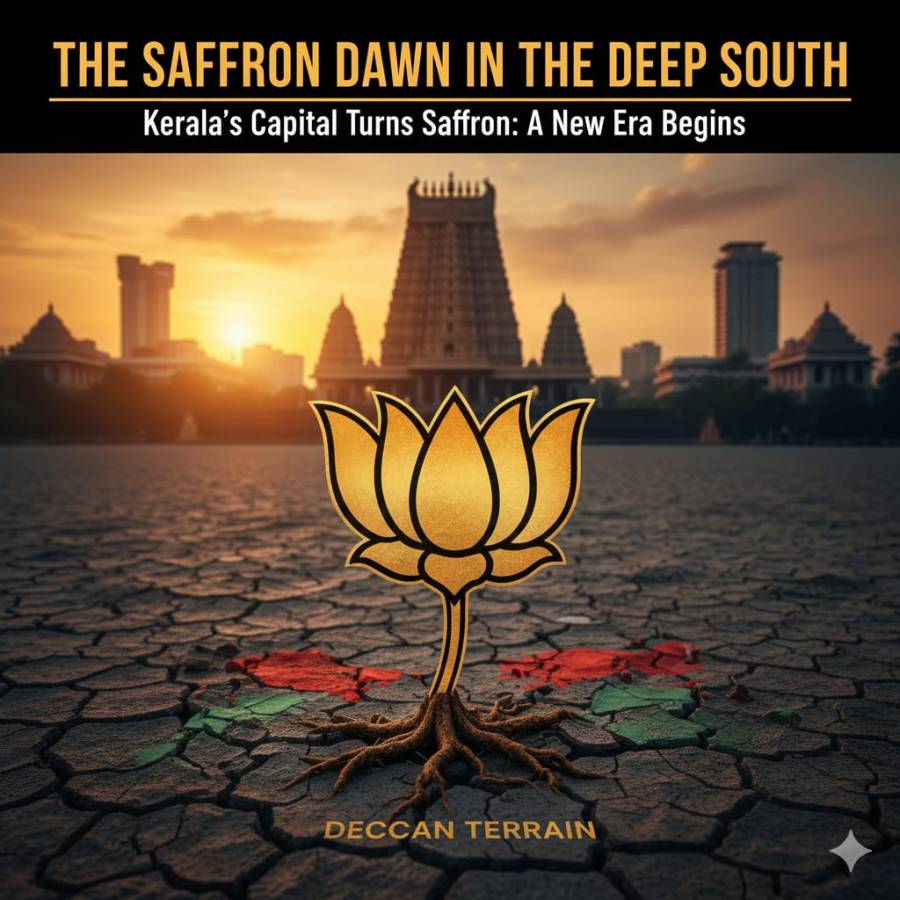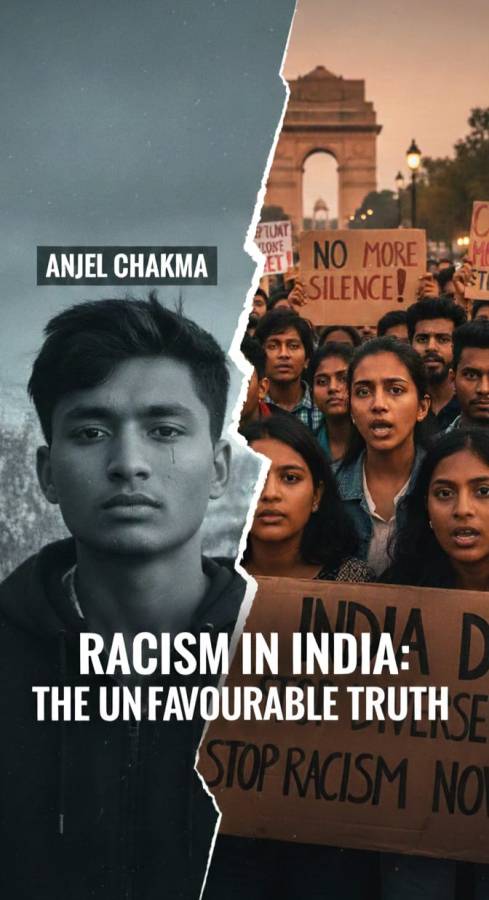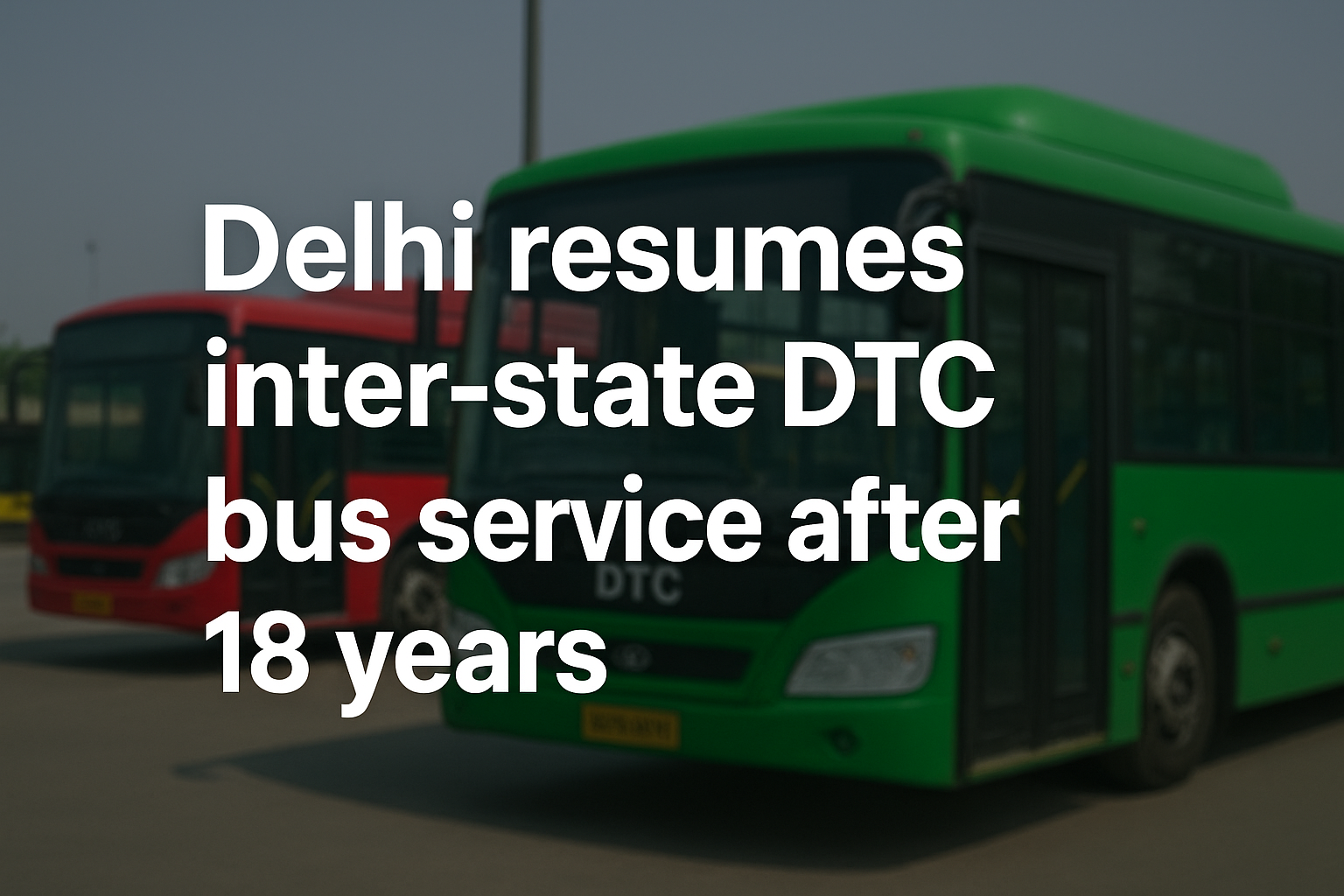
After nearly two decades, Delhi has restarted its inter-state bus service, offering a fresh travel option to thousands of daily commuters. On Tuesday (Sep 24, 2025) Chief Minister Rekha Gupta flagged off the first electric Delhi–Baraut AC bus from the Maharana Pratap Inter-State Bus Terminal (ISBT), calling the move a “historic restart” of long-discontinued services.
The resumption is particularly significant for residents of Baraut and nearby areas, who will now have a reliable connection to the national capital. The Delhi–Baraut service will run six trips daily in both directions. From Delhi, buses will depart at 4:50 am, 5:20 am, 5:50 am, 5:20 pm, 5:50 pm, and 6:30 pm. Return trips from Baraut are scheduled for 7:00 am, 7:30 am, 8:00 am, 7:00 pm, 7:30 pm, and 8:00 pm. Buses will halt at key points including Khajoori Khas, Bhajanpura, Loni Bus Station, Mandola, Khekra, Katha, Baghpat, Gori Pur, Saroor Pur, and Tyodhi before reaching Baraut.
For passengers, this new service promises not only convenience but also modernised facilities. The Delhi government has introduced an Automated Fare Collection System (AFCS) along with the “Chalo App” to encourage digital ticketing. Instead of standing in long queues for paper tickets, commuters can now pay through multiple options, including UPI, debit and credit cards, National Common Mobility Cards (NCMCs), and static QR codes. Around 3,000 new ticketing machines supplied by Canara Bank are being deployed in the first phase. Stickers with universal QR codes have also been placed across the fleet to enable quick, contactless payments.
The government hopes that the new system will end leakages in revenue collection and ensure transparency. Passengers booking through the “Chalo App” will also receive a 10% discount on digital tickets, providing an added incentive to switch to cashless modes.
Officials explained that the earlier interstate bus services were suspended when Delhi shifted its entire fleet from fossil fuels to CNG, creating a temporary shortage that forced discontinuation. While private operators continued to run buses on such routes, government buses remained absent. “If private buses could run, why not the Delhi government’s buses? Our citizens deserve these services,” Gupta said while announcing that more interstate routes will be introduced every month, especially to places with religious importance.
Transport Minister Pankaj Singh added that reviving interstate bus connectivity is only the beginning. “This step is about more than one route. It marks the start of modernising Delhi’s transport system,” he said, underlining that the focus will be on clean, electric mobility in the coming years.
For daily travellers, the biggest advantage is affordability. With DTC fares usually lower than those charged by private operators, many passengers are expected to switch to these buses once they become regular. The fixed timetable and clearly marked halts will also help reduce uncertainty that often troubles commuters relying on private buses.
For now, the Delhi–Baraut service is being closely watched as a pilot for future routes. If successful, it could pave the way for connections to other towns and cities around Delhi, giving commuters more reliable and pocket-friendly options to travel across state borders.




